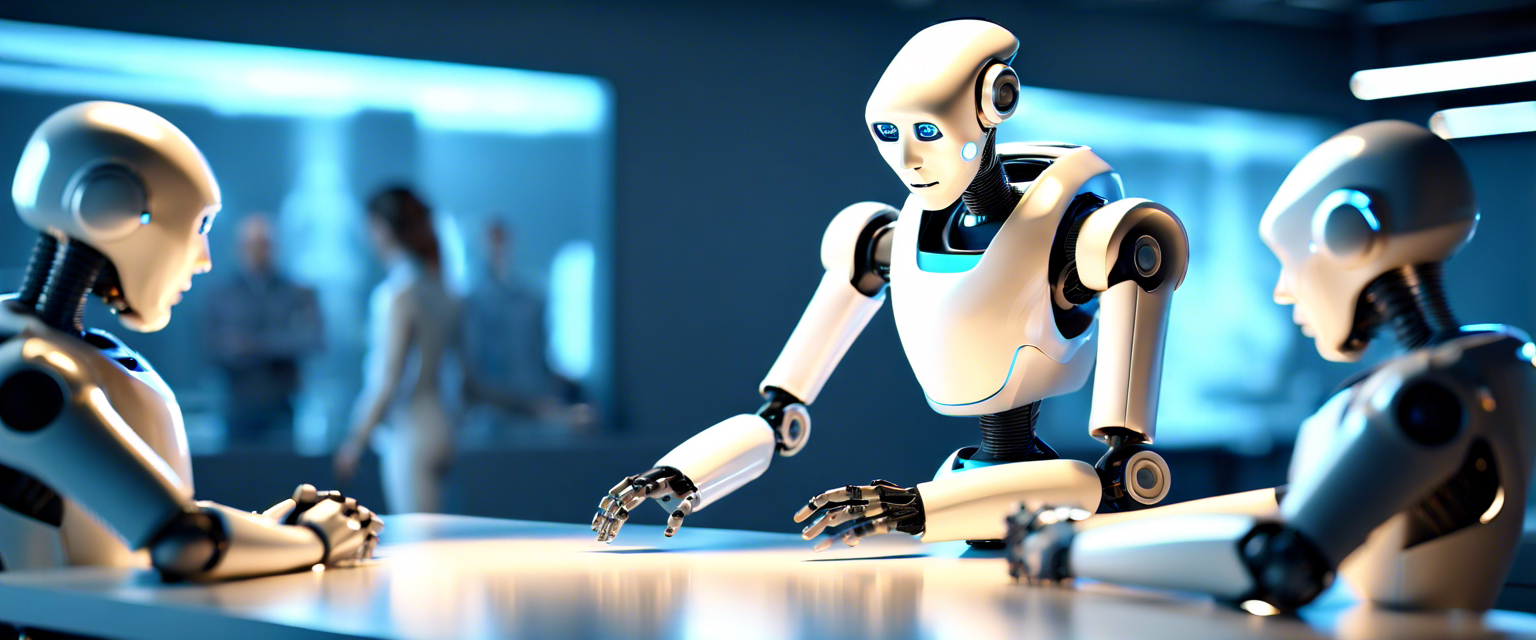Brain is the most powerful part of human body and so as computer chips for computers. From several years scientists have tried replicating the brain functions into computer chips but for the first time a team of MIT scientists run the practical test for the Artificial Synapse that can let computers replicate the most powerful functions of brain — Inverse Innovation reported.
The research is published in Nature Material magazine titled “SiGe epitaxial memory for neuromorphic computing with reproducible high performance based on engineered dislocations” describing the practical test. The test run was done using simulations where researchers gave the handwriting samples to recognize. The simulation they ran managed to match what existing traditional algorithms can do in terms of accuracy — 95 versus 97 percent — which is an impressive starting point for tech in is absolute infancy.
“Once you apply some voltage to represent some data with your artificial neuron, you have to erase and be able to write it again in the exact same way,” Jeehwan Kim, PRINCIPAL INVESTIGATOR and Assistant Professor said. “But in an amorphous solid, when you write again, the ions go in different directions because there are lots of defects. This stream is changing, and it’s hard to control. That’s the biggest problem — nonuniformity of the artificial synapse.”
For now, the work is theoretical and working good at simulations. There is a difference between simulation and actual work but team is very optimistic.




